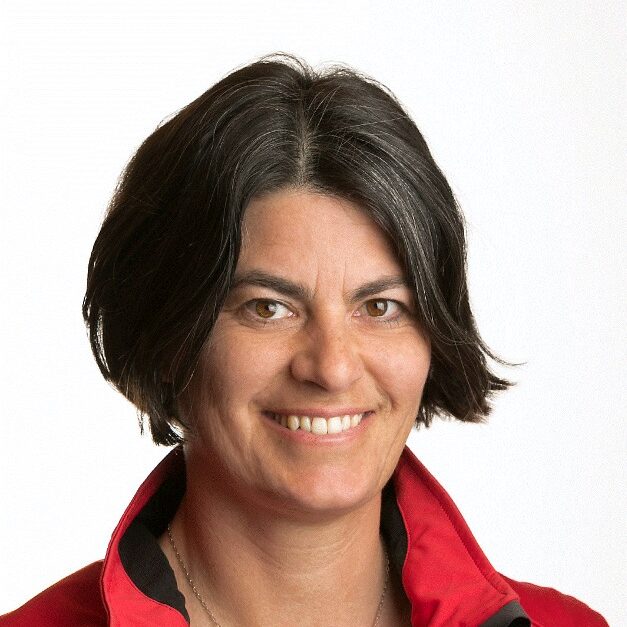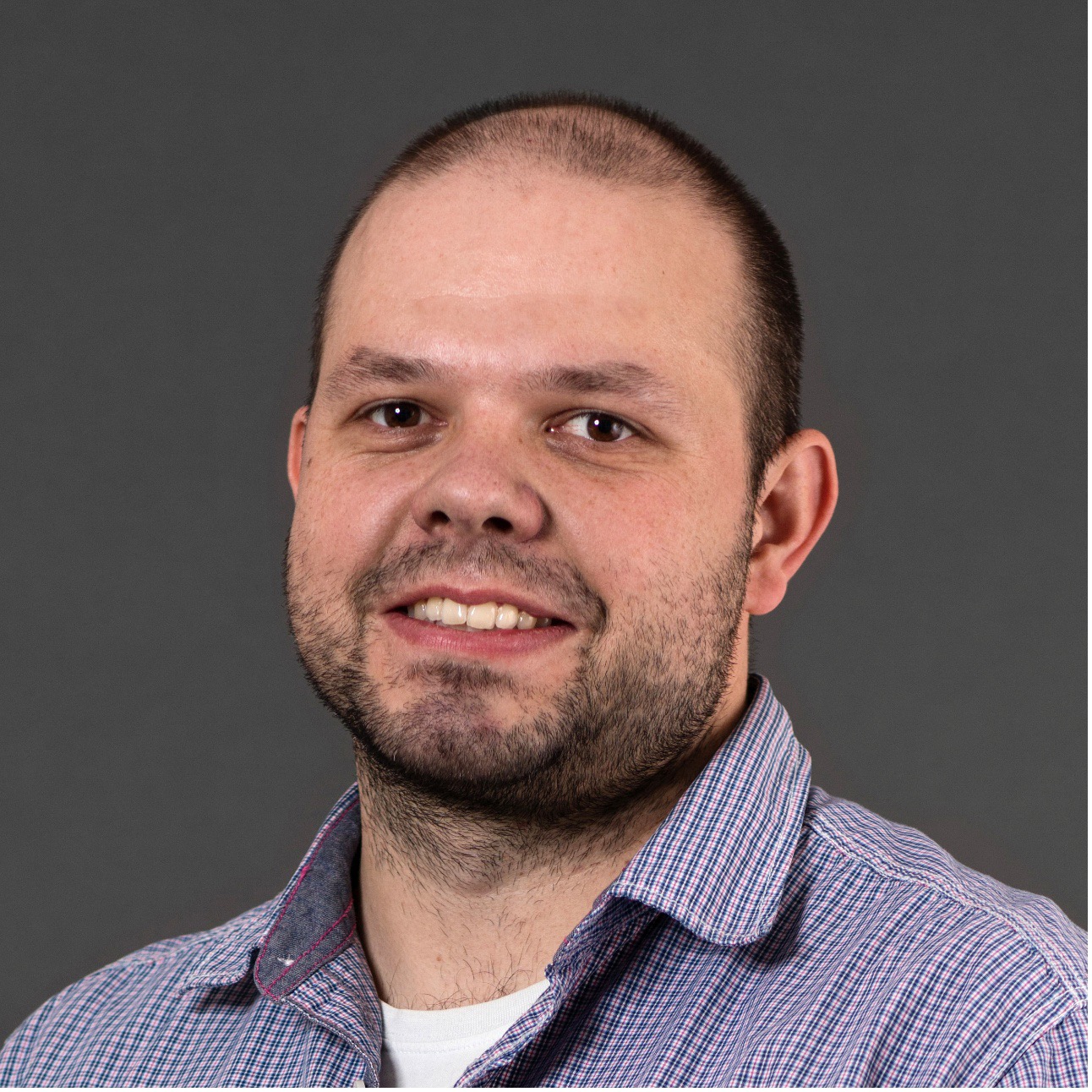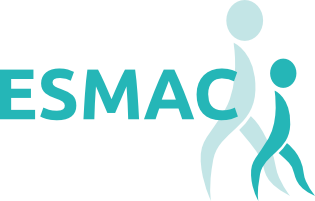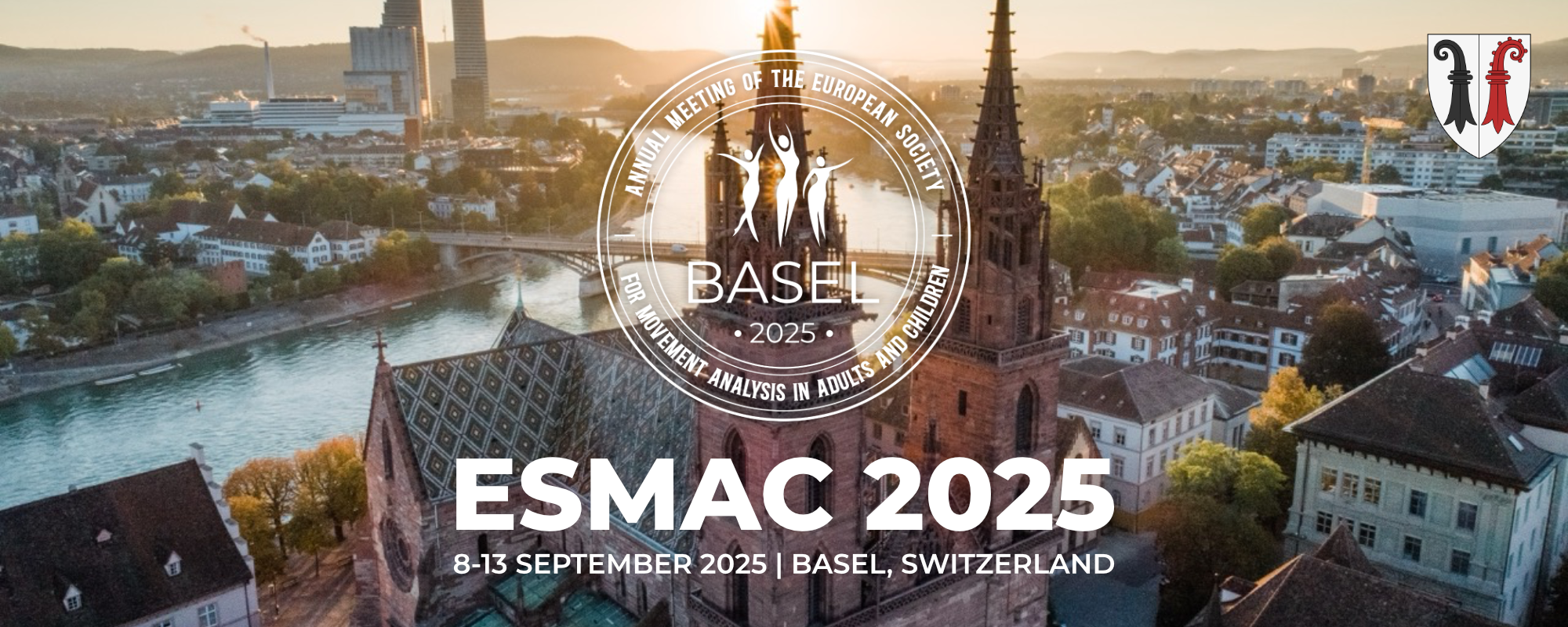Keynote Speakers

Annegret Mündermann
Schulthess Klinik, Zürich, Switzerland
Biography
Annegret Mündermann, PhD, is currently the Chair of Research and heads the Department of Teaching, Research, and Technology at the Schulthess Clinic in Zurich. In this role, she plays a key part in shaping the regional orthopaedic research ecosystem while collaborating closely with national and international partners. With a strong background in mathematics, sport science, orthopaedics and biomechanics, she specialises in translational research that bridges basic science and technological innovation with patient care. Dr. Mündermann’s international career includes academic and research positions at the University of Calgary, Stanford University, the University of Konstanz, and the University of Basel. Her prior work has focused on musculoskeletal biomechanics, particularly joint mechanics and osteoarthritis prevention and treatment. She is committed to integrating clinical expertise, advanced technologies, and outcome research to improve diagnosis and treatment of orthopaedic conditions through interdisciplinary collaboration between engineering and clinical fields. She is a member of several clinical and academic societies.
Short Abstract
Modern Motion Analysis in Orthopaedics: Bridging Technology and Clinical Practice
Despite significant advances in biomechanical technology, motion analysis is not yet routinely used in orthopaedic practice. This keynote speech will address this critical gap by focusing on modern tools such as wearable sensors and markerless motion capture systems. These technologies have the potential to provide objective, real-time movement data in environments beyond the traditional gait laboratory. This opens up new possibilities for evaluating functional impairments, monitoring rehabilitation, informing surgical decisions, and studying the progression of joint degeneration and musculoskeletal diseases. Additionally, these tools are being applied not only to lower limb analysis, but also to upper limb conditions such as shoulder injuries, where detailed kinematic insights are often lacking in current clinical assessments. These tools also offer a powerful means of augmenting existing orthopaedic registries with functional outcome data, providing a more comprehensive understanding of treatment effectiveness in real-world settings. However, challenges in standardisation, data interpretation and clinical relevance currently hinder the integration of these technologies into everyday clinical workflows. This keynote will examine the remaining requirements, including validation studies, normative databases, clinician-friendly interfaces and cost-effective models, to ensure these tools can genuinely impact patient care. Focusing on relevance to clinical outcomes, it will highlight current research efforts, discuss gaps in the evidence base and propose a roadmap for bridging the divide between high-fidelity motion capture and practical orthopaedic implementation.

Georg Rauter
Department of Biomedical Engineering, University of Basel, Switzerland
Biography
Georg Rauter is an Associate Professor at the University of Basel’s Department of Biomedical Engineering, where he leads the Bio-Inspired RObots for MEDicine Laboratory (BIROMED-Lab). His research focuses on developing bio-inspired robotic and mechatronic systems for medical applications, such as in rehabilitation and surgery. In rehabilitation robotics, Prof. Rauter has a particular emphasis on the FLOAT robot. The FLOAT is the world’s first 3D overground gait rehabilitation robot that facilitates safe gait training within different tasks and allowing to use different gait aids at the same time and has been brought to market by Prof. Rauter together with the SCI Center at the Balgrist, University of Zurich, and the company Lutz Medical Engineering. In surgical robotics, Prof. Rauter’s main focus is on minimally invasive semi-autonomous robotic surgery for laser ablation of hard tissue, such as bone or cartilage. In general, he is interested in advancing the field of medical robotics and its translation to the patient through industry. In addition to his research, Prof. Rauter is active in the academic community, such as IftoMM, the Swiss Robotics Association, and CURAC.
Short Abstract
New paradigms for developing usable rehabilitation robots
Until today, rehabilitation robots cannot show accelerated motor relearning in neurological patients compared to conventional therapy. One reason could be that the devices are difficult to use, and the human operator, such as a therapist, has to focus more on keeping the technology going than caring about the needs of the patient. Also, the therapist does not really know how the robot exactly supports the patient. At least support is not provided in a way that the patient is assisted as needed, even if the names of some controllers seem to suggest this. The human therapist cannot transfer his/her knowledge to the robot by simple hands-on instruction, but rather adjusts parameters on the user interface. In my presentation, I will show approaches to allow robots to learn from humans in upper limb and gait rehabilitation, and how we intend to make robots more intuitive to use, and how they can provide support based on the intended movements or tasks of the patient.

Henri Lorach (NeuroRestore, Bloch & Courtine)
University of Lausanne
Biography
Prof. Henri Lorach is Assistant Professor in the University of Lausanne within the Defitech Center for Interventional Neurotherapies (.NeuroRestore) – a research, innovation and treatment center that develops and applies bioengineering strategies involving neurosurgical interventions to restore neurological functions.
His research focusses on understanding 1) how the electrical activity of the brain encodes behavior and intentions and 2) how to use this knowledge to build real-time Brain Computer Interfaces to restore function after neurological disorders.
In particular, he is leading clinical trials implementing invasive electrocorticography recordings at the level of the sensory motor cortex in patients with spinal cord injury to infer their intentions to perform specific movements and restore those movements through neuroprosthetic technologies. Prof. Lorach graduated from Ecole Polytechnique in Paris and completed his PhD at the vision institute working on the encoding of visual information in the retina. He completed postdoctoral training at Stanford University to develop retinal implants that stimulate electrically the retina and restore visual perception to the blind.

